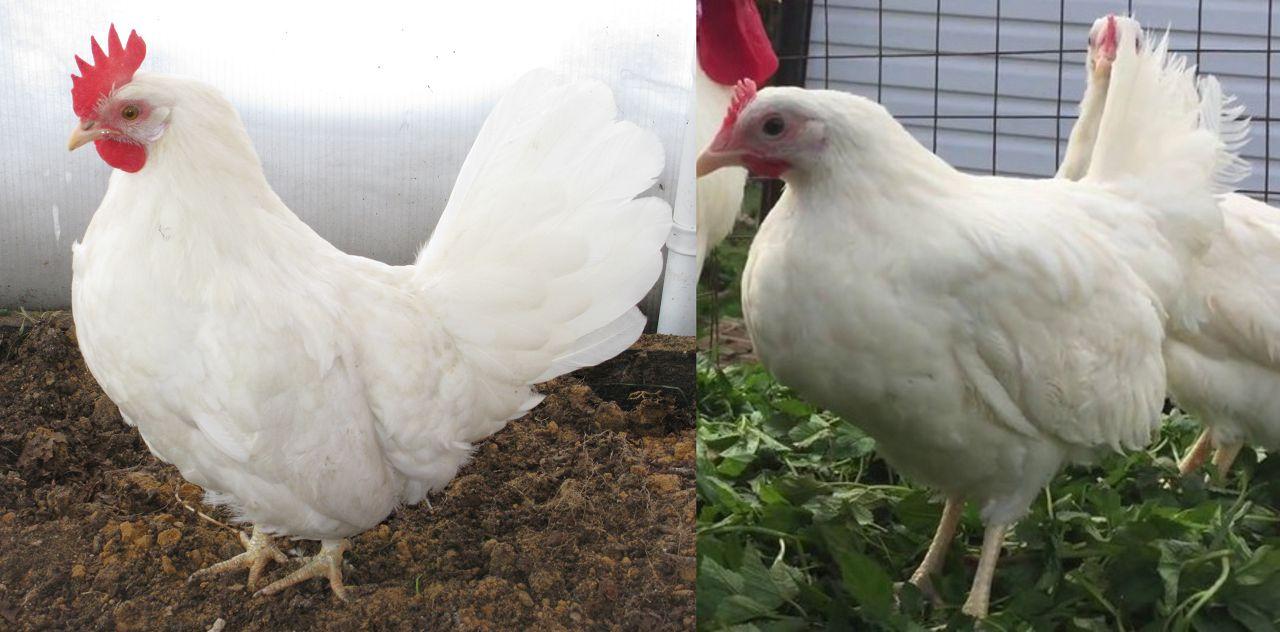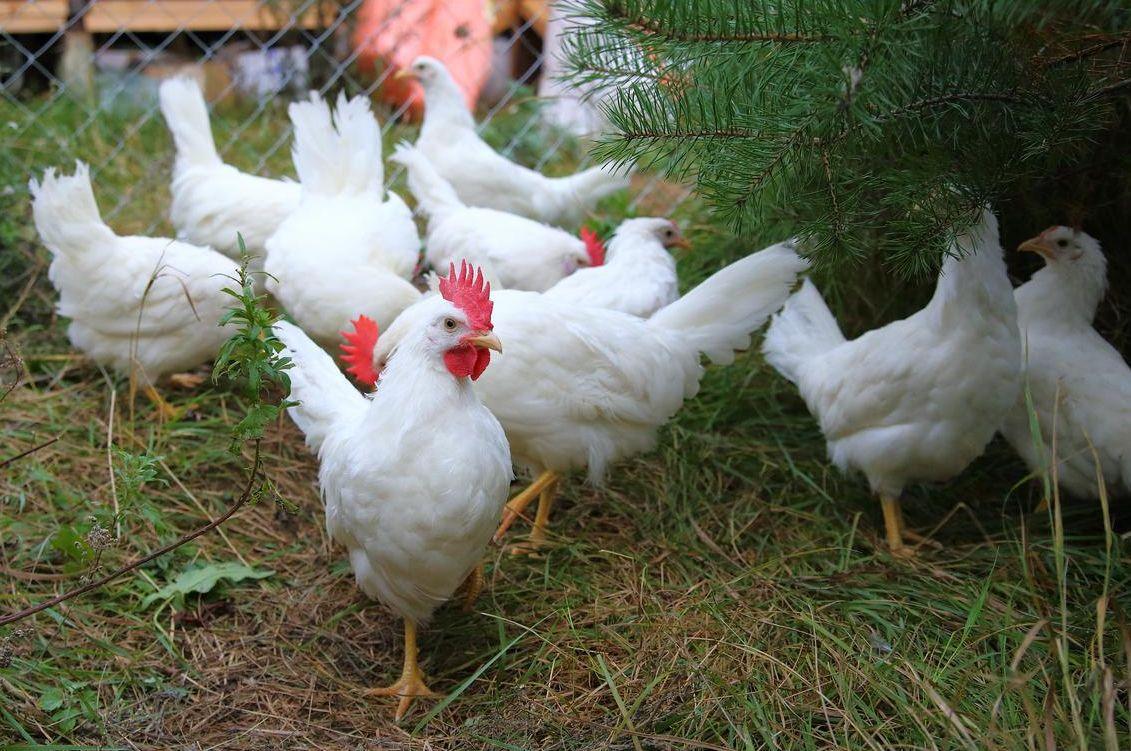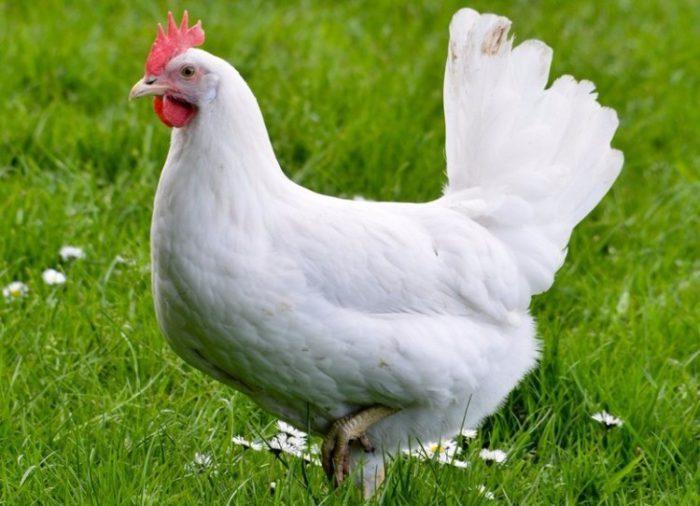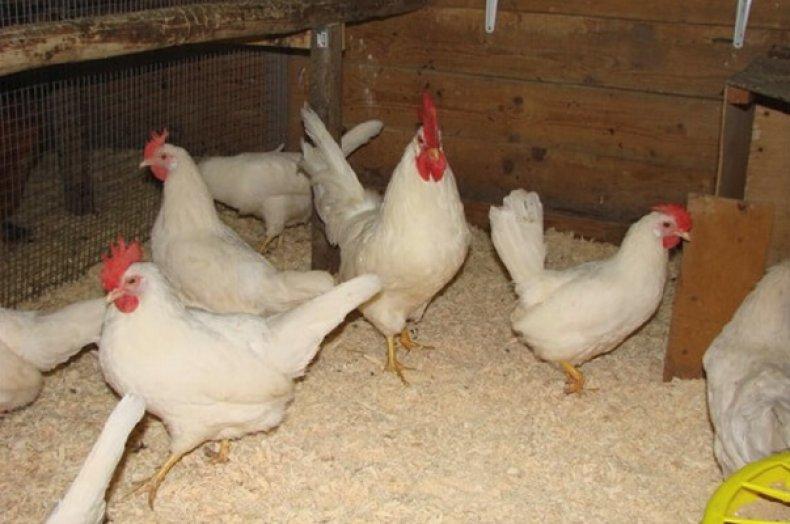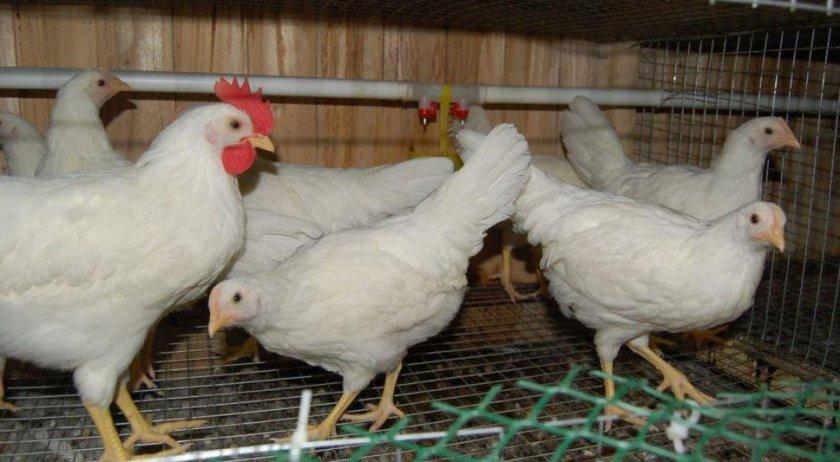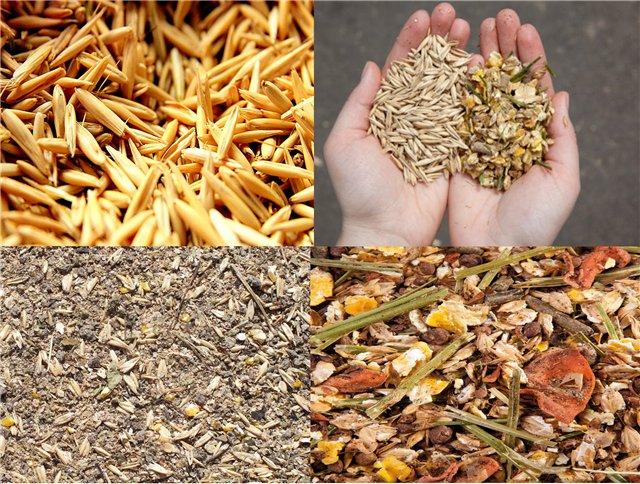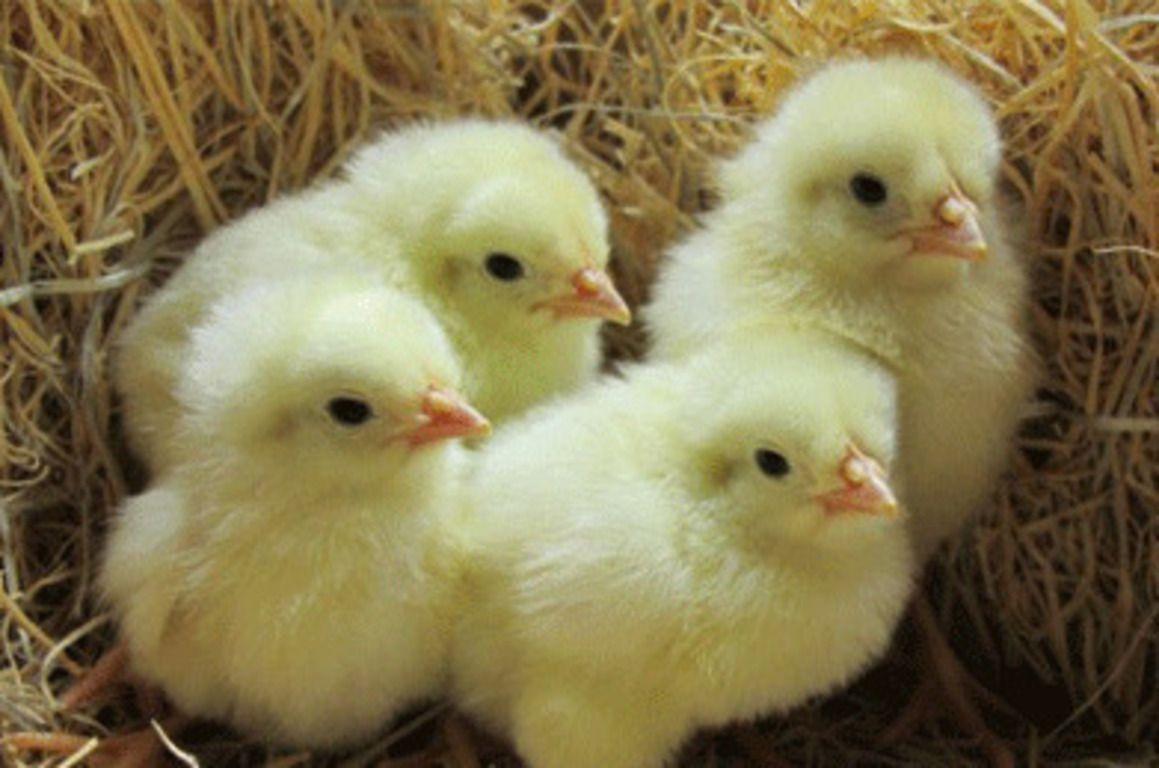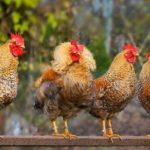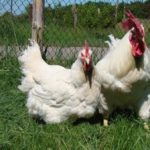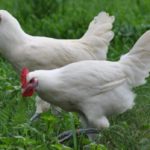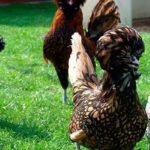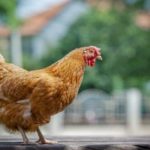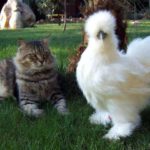The description of the Dwarf Leghorn B-33 has many features. These birds are small in size and at the same time characterized by high egg production parameters. Birds are characterized by the presence of a recessive dwarfism gene. Essentially, they are a smaller copy of leghorns. To achieve success in raising chickens, they should be provided with suitable conditions.
- Origin story
- Description and characteristics of the Dwarf Leghorn breed
- Exterior and color
- Character specifics
- Productivity indicators
- Main pros and cons
- Features of maintenance and care
- Conditions in the chicken coop
- Walking yard
- Molting and break in egg production
- Planned replacement of livestock
- Diet
- Breeding B-33
- Incubation Features
- Incubation stages
- Diseases and their prevention
Origin story
This new breed was created by scientists by introducing a special dwarfism gene into the DNA of Leghorns. Standard a type of chicken was obtained back in the nineteenth century in Livorno. Subsequently, scientists from different countries tried to improve it.
The B-33 dwarf breed was bred at the All-Russian Research and Agricultural Institute of Poultry Breeding. At the same time, the new variety of chickens differs from the standard only in appearance. Productivity parameters are almost completely the same.
Description and characteristics of the Dwarf Leghorn breed
This breed is characterized by a number of features, which makes it surprisingly popular among poultry farmers.
Exterior and color
This breed is practically no different from the original one. The key difference lies in the smaller size of the body and paws. The breed standards include the following features:
- small round head;
- small leaf-shaped scallop;
- white or blue earlobes;
- long neck with a bend;
- wide tail;
- wedge-shaped body;
- thick feathers;
- white color of birds.
Eyes change color depending on age. Young birds have bright orange eyes, mature birds have light yellow eyes.
Character specifics
Dwarf birds are characterized by a friendly disposition. Birds almost never fight with each other. The exceptions are fights between roosters that defend leadership positions.
In general, birds are distinguished by their activity and inquisitive nature.
Productivity indicators
With their small size and short stature, birds of this breed produce large eggs that weigh 63 grams. They have a smooth white color. The live weight of chickens is 1.2-1.4 kilograms. Roosters weigh a little more - 1.4-1.7 kilograms.Egg production parameters reach 210-240 eggs per year.
Main pros and cons
The main advantages of birds include the following:
- high egg production parameters;
- big eggs;
- excellent survival rate of chicks;
- excellent acclimatization;
- need for a small area;
- absence of specific pathologies;
- minimal feed consumption.
At the same time, dwarf leghorns also have some disadvantages:
- loss of the brooding instinct;
- decreased egg production with an unbalanced diet;
- low taste characteristics of meat.
Features of maintenance and care
In order for chickens to develop normally, they should be provided with high-quality conditions. It is important to properly arrange the chicken coop.
Conditions in the chicken coop
Dwarf birds can be safely kept in cages. Small chicken coops are also suitable for them. In this case, you should follow these rules:
- The house must be warm. Temperature – at least +5 degrees;
- there should be no drafts in the room - good ventilation is important;
- The poultry house should be placed in a quiet place - birds are afraid of loud sounds;
- You will definitely have to organize bedding - it can be made from hay, sawdust or straw;
- It is important to clean once a season;
- Disinfection should be carried out annually;
- ensure a minimum of 12 hours of daylight.
Walking yard
A small area is enough for birds to walk. It is worth considering that birds can fly. Therefore, you will have to make a roof or fence at least 1.5 meters high.
Molting and break in egg production
Birds are capable of rushing during molting. In this case, it is worth reducing the duration of daylight hours. As a result, the productivity of birds will decrease, but chickens will be able to overcome the molting process faster.
Planned replacement of livestock
The maximum productivity of birds is observed in the first year. Afterwards it gradually decreases. Therefore, the herd should be changed when the parent turns 1 year old.
Diet
Dwarf Leghorns do not require specific nutrition. At the same time, they require high-quality and balanced food. Sometimes you can notice that the chicks' fingers curl. The cause of this phenomenon is considered to be an excess of protein components in the diet. To avoid such problems, birds should be provided with high-quality food.
If it is not possible to use industrial feed, it is recommended to give dry and wet food to chickens. To get dry food, you can mix cereals. Oats, corn, barley, and wheat are suitable for this. Boiled potatoes and other vegetables are used to make wet food. However, it can only constitute a third of the total diet.
Birds should definitely be given vitamins and minerals. To do this, chalk, salt, and shells are introduced into the diet. It is also permissible to use ready-made vitamins and premixes. In summer, birds should receive a sufficient amount of greenery. In winter, they should be given boiled vegetables. Birds should always have clean water available to them, and in winter it should be heated.
Breeding B-33
The chicks of these chickens are usually born strong and healthy. Their survival rates reach 95%.
Incubation Features
This bird has almost lost its brooding instinct. Therefore, it is worth using an incubator to breed chicks. Experts do not recommend crossing these chickens with other species. This will negatively affect breed standards.
Incubation stages
When carrying out incubation, you should do the following:
- Inspect the eggs. They must be intact, without stains or streaks.
- Be sure to check the eggs with an ovoscope. It allows you to review the content and remove unsuccessful material.
- Clean eggs from dirt using a weak solution of potassium permanganate.
- Place the eggs in the incubator with the blunt end facing up. Bookmarking should be done in the evening.
- First, you should put large eggs, after 6 hours - medium ones. After the same period of time, small specimens are planted. This will allow the birds to hatch at the same time.
Diseases and their prevention
Birds have excellent immunity. However, sometimes they still encounter diseases. This is facilitated by severe overcrowding, poor nutrition, and violation of living conditions.
Most often, dwarf leghorns suffer from the following pathologies:
- Salmonellosis is an infectious pathology associated with infection by bacteria. At the same time, the chickens become lethargic and lose their appetite. They develop lacrimation, purulent discharge from the eyes, swelling of the peritoneum, and lameness. Antimicrobial agents are used for treatment. The chicken coop must be disinfected.
- Pullorosis is an infectious disease that affects the intestines of birds. At the same time, the birds lose their appetite and become lethargic. Their body temperature increases to +44 degrees, loose stools are observed, and physical activity decreases. Sulfonamides are used to treat the disease.
- Vitamin deficiency is a disorder caused by a lack of minerals in the diet. In this case, weight loss, loss of feathers, weakness, and inflammation of the eyes are observed. There is also a risk of intestinal dysfunction. The comb and earrings become pale. To cope with the problem, mash, vitamins and minerals are introduced into the birds’ diet.
Dwarf Leghorns are very popular among poultry farmers.These chickens are small in size, but have high productivity parameters.

